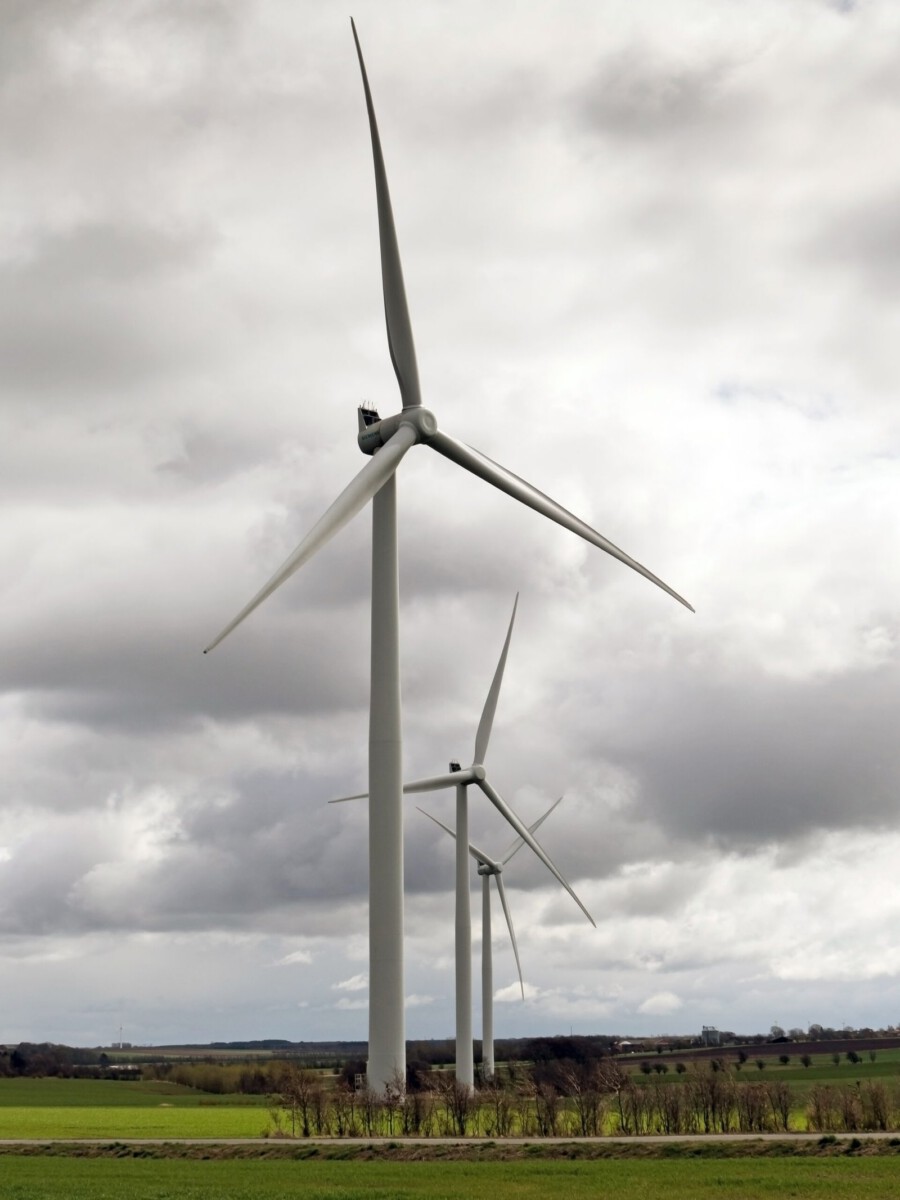Sweden: A Leader in Sustainability

Sweden stands at the forefront of environmental action, with policies and cultural values that place sustainability at the core of national identity. In 2024, Sweden reaffirmed its commitment to achieving net-zero greenhouse gas emissions by 2045, a target that is both ambitious and backed by concrete progress. The Swedish Energy Agency reported that, as of 2023, 56% of the country’s total energy consumption was sourced from renewables, primarily wind and solar. Sweden’s carbon tax, in place since 1991, is one of the highest in the world and has driven a steady decline in industrial emissions. Waste management is another area where Sweden excels, with more than 99% of all household waste either recycled or converted into energy. Swedish cities like Stockholm have invested in green public transit, helping to push urban emissions even lower. According to the 2024 Environmental Performance Index, Sweden remains in the top three globally, reflecting its broad commitment to sustainable living.
Denmark: Wind Power Pioneers

Denmark has earned global admiration for its pioneering work in wind energy, a sector that now supplies around 47% of the country’s electricity, based on 2023 figures from the Danish Energy Agency. In a bold move, Danish authorities announced plans to expand offshore wind capacity to 30 GW by 2030—a figure that would dwarf the country’s current total energy needs. Copenhagen, Denmark’s capital, is racing to be the world’s first carbon-neutral city by 2025, investing heavily in cycling infrastructure and public transportation. The country’s dedication to sustainable urban planning is visible in its widespread use of district heating and green roofs, as well as its support for organic agriculture. Denmark’s policy framework also includes strict building codes and incentives for energy-efficient homes, helping to keep per capita emissions among the lowest in Europe. The government’s fossil fuel-free target by 2050 is supported by clear milestones and robust public support, setting an example for other nations.
Finland: Nature and Innovation

Finland’s environmental credentials are built on a foundation of both pristine nature and inventive policy solutions. The country’s official target is to become carbon neutral by 2035, and as of the latest data, Finland has achieved a 27% reduction in greenhouse gas emissions since 1990. The Finnish education system integrates environmental awareness from an early age, fostering a national culture of stewardship and responsibility. According to the 2023 Environmental Performance Index, Finland ranked first worldwide, recognized for its air quality, biodiversity protection, and strong regulatory enforcement. The government has invested heavily in sustainable forestry, with over 75% of land covered by forests that are managed for regrowth and biodiversity. Urban centers like Helsinki are implementing innovative heating solutions, such as seawater heat pumps, to reduce dependency on fossil fuels. Finland’s leadership in clean technologies, from smart grids to battery storage, continues to influence sustainability efforts across Europe.
Norway: Wealth from Nature

Norway’s environmental journey is uniquely shaped by its vast natural resources and forward-thinking policies. In 2024, electric vehicle (EV) adoption reached a milestone: 54% of all new cars sold were fully electric, supported by generous tax breaks and an extensive charging network. The government’s climate strategy aims for a 50-55% reduction in greenhouse gas emissions by 2030 compared to 1990. Norway’s sovereign wealth fund, valued at over $1.4 trillion in early 2025, has divested from hundreds of environmentally harmful companies, sending a powerful message to global markets. Hydropower generates over 90% of Norway’s domestic electricity, drastically reducing reliance on fossil fuels. The country also enforces strict regulations on oil and gas production to minimize environmental impact, even as it invests in offshore wind and carbon capture projects. Recent government reports highlight continued expansion of protected areas, safeguarding Norway’s iconic fjords and forests for future generations.
New Zealand: Biodiversity and Conservation

New Zealand is internationally recognized for its unique biodiversity and progressive conservation efforts. By 2024, the government had protected 30% of its land and marine environments, meeting targets set under the global “30 by 30” framework. The Predator Free 2050 initiative, backed by over NZD 1 billion in government funding since 2019, aims to eliminate invasive species like rats and stoats, which threaten native birds and reptiles. According to the Department of Conservation, these efforts have already led to the revival of several endangered species, including the iconic kiwi. New Zealand’s agricultural sector is shifting toward sustainability, with a marked increase in organic farms and regenerative practices. The government has also published a climate adaptation plan in 2024, outlining strategies for managing risks from sea level rise and extreme weather. The country’s approach to eco-tourism, including strict environmental standards for operators, has become a model for others seeking to balance economic growth with conservation.
Iceland: Geothermal Energy Utilization

Iceland’s approach to sustainability is deeply rooted in its geology, harnessing geothermal and hydroelectric power to meet nearly 85% of its total energy needs as of 2023. The country’s heating systems are almost entirely geothermal, drastically reducing carbon emissions from buildings. Iceland’s government reaffirmed its goal of carbon neutrality by 2040 in a 2024 policy update, with new incentives for electric vehicles and low-emission ferries. Marine resource management is another area of innovation: Iceland enforces strict quotas and traceability systems in its fishing industry, helping to maintain healthy ocean ecosystems. The 2024 Global Sustainable Seafood Initiative praised Iceland for its transparent and science-based approach to fisheries management. Additionally, the country’s efforts in restoring degraded landscapes—such as reforestation and soil conservation projects—are yielding measurable benefits in biodiversity and carbon sequestration. Iceland’s small population and strong social consensus make it an effective laboratory for green innovation.
United States: A Mixed Bag

The United States represents both remarkable progress and persistent challenges in environmental policy. As of 2024, the country remained the world’s second-largest emitter of greenhouse gases, responsible for roughly 15% of global emissions according to the EPA. While wind and solar power now account for about 24% of national electricity generation, coal and natural gas still supply nearly 60%, highlighting a split energy landscape. Federal climate initiatives, such as the Inflation Reduction Act, have spurred record investment in clean energy, but the lack of cohesive national standards leads to large disparities among states. California and New York have aggressive emissions targets, while other states continue to prioritize fossil fuel production. The U.S. has fallen short of its Paris Agreement commitments, with projections showing a gap of 20% in required emissions reductions by 2030. Severe weather events and wildfires, which intensified in 2024, have brought renewed urgency but also political contention over the path forward.
Brazil: Deforestation Concerns

Brazil’s environmental record is dominated by the fate of the Amazon rainforest, which experienced a 22% increase in deforestation in 2023 compared to the prior year, according to Brazil’s National Institute for Space Research (INPE). This spike is attributed mainly to illegal logging and expansion of cattle ranching, despite international pressure and government pledges. The administration’s weakening of environmental agencies and enforcement has drawn criticism from the World Wildlife Fund and United Nations, who warn that continued loss of forest cover undermines global climate stability. Brazil’s biodiversity is under extreme threat, with several endemic species now classified as critically endangered. Efforts to reduce deforestation, such as the Amazon Fund, have struggled with inconsistent implementation and funding gaps. In 2024, new legislation aimed at curbing illegal land seizures faced strong opposition from agricultural interests, stalling progress. The country’s emissions profile is increasingly dominated by land use change, overshadowing achievements in renewable energy.
India: Air Quality Crisis

India grapples with some of the world’s worst air pollution, a crisis that has only deepened in 2024. According to the World Health Organization, 14 of the 15 most polluted cities globally are in India, with average PM2.5 levels far exceeding safe health thresholds. Rapid industrialization and urban expansion—combined with lax enforcement of environmental regulations—have driven emissions from vehicles, factories, and crop burning to dangerous levels. Studies published in early 2025 estimate that air pollution contributes to over 2 million premature deaths annually in India. The government has pledged to install 500 GW of renewable energy capacity by 2030, but coal still accounts for over 70% of electricity generation as of 2024. Efforts such as the National Clean Air Programme have increased monitoring and public awareness, but critics argue that enforcement and funding remain inadequate. The scale of India’s environmental challenges is daunting, with millions at risk from both chronic air pollution and extreme weather events linked to climate change.







